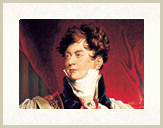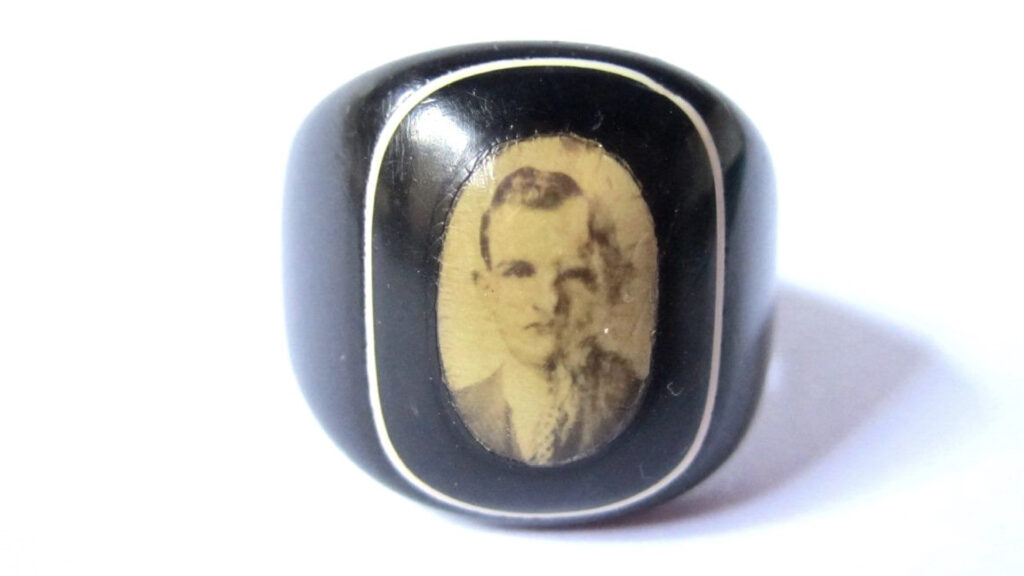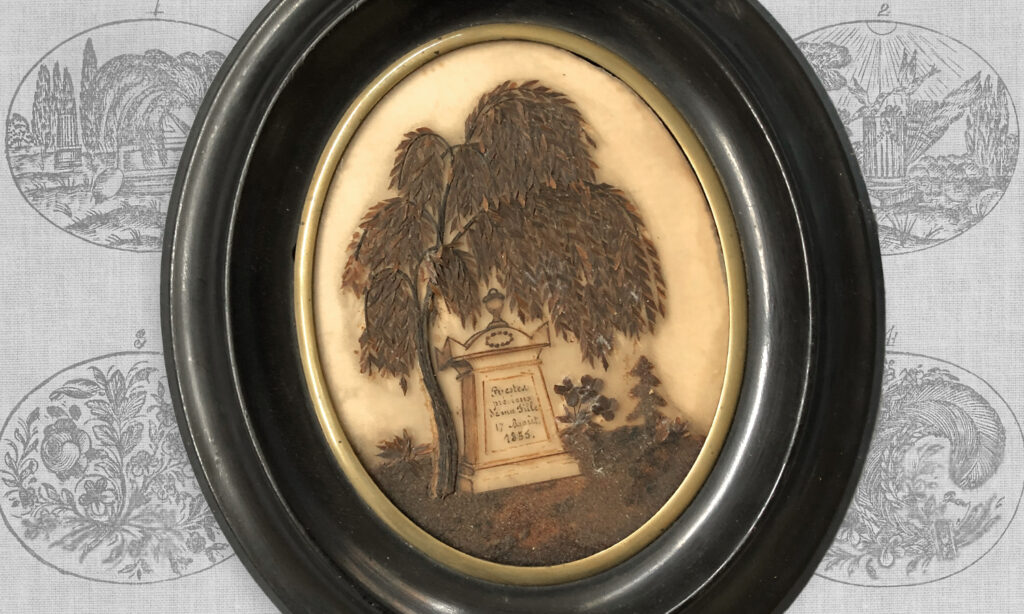A History of Hair Weaving, Part 6
Royalty was still the focus of the hairworking fashion for the 19th century, spanning through the Georgian and finding renewed popularity in the Victorian age. Fashion was often dictated by royalty, and it was royalty which largely perpetuated the popularity of memorial jewellery. When hairwork was worn by anyone of note, fashion often followed, as seen in the previous account of Queen Henrietta Maria and the use of memorial jewellery for Charles I during the Restoration period. In the 19th century, the executor of George IV’s estate, the Duke of Wellington, told Charles Greville that amongst George IV’s possessions he found “a prodigious quantity of hair – women’s hair – all colours and lengths, some locks with powder and pomatum still sticking to them”.

From around 1830, this quote from Wellington displays the extent to which hairwork was embraced by mainstream culture at the time. An extraordinary quantity of hair kept by George IV implies its importance as a keepsake even at the upper levels of society. Queen Victoria is one of the most popular figures regarding the rise of the mourning industry and the increasing strength of the hairworking industry. Victoria’s fastidious sentimental nature and her clinging to keepsakes can be seen in her putting Albert’s hair in brooches, bracelets and other forms of jewellery after his death. Keeping hair was as important as giving, due to the nature of the sentiment. Empress Eugenie of France was “was touched to tears when I gave her a bracelet with my hair”, wrote Queen Victoria upon presenting the bracelet 11. Though these instances of hairwork in royalty show how popular hairwork was, they are from an English perspective. Other countries and cultures developed their own hairworking industry that permeated through mainstream society of the 19th century.






